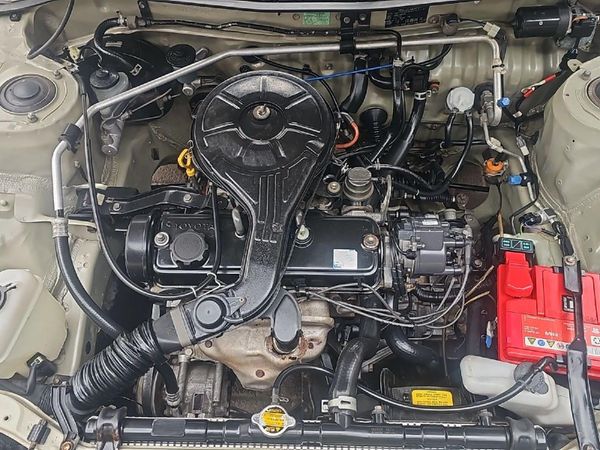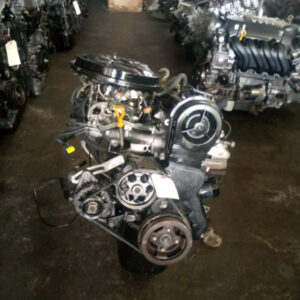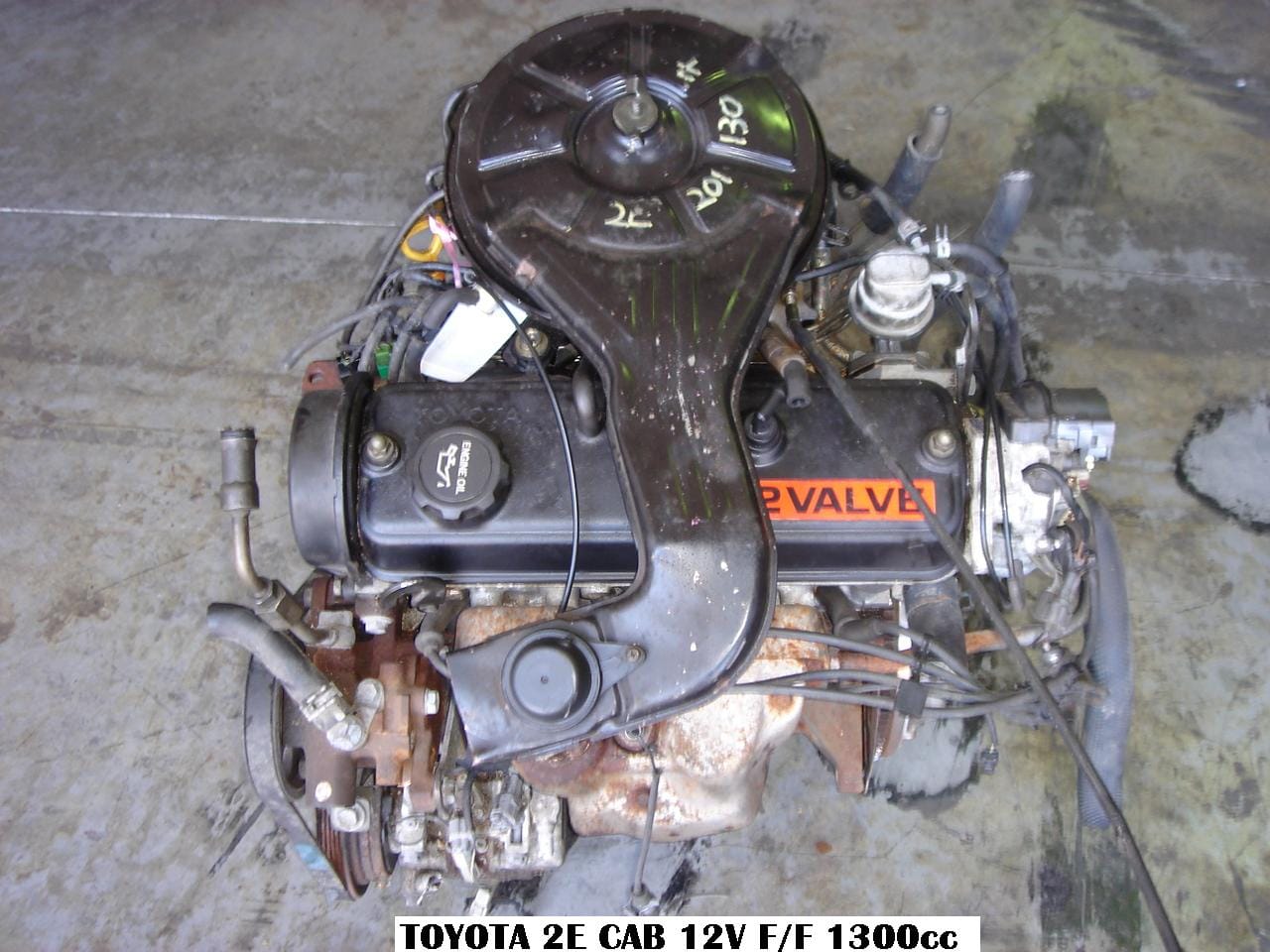Toyota Tazz: Why It Continues to Be a Trusted Vehicle for Daily Commuting
Toyota Tazz: Why It Continues to Be a Trusted Vehicle for Daily Commuting
Blog Article
Explore the Most Current Fads in Engine Modern Technology Through Tazz
In the rapidly developing landscape of vehicle innovation, Tazz stands at the center, highlighting substantial innovations in engine systems that focus on both innovation and sustainability. tazz. From hybrid engines that optimize fuel efficiency to the emergence of hydrogen fuel cells, the trends forming modern-day powertrains are not just boosting efficiency yet also resolving critical ecological obstacles. As the sector remains to press limits, it is necessary to think about exactly how these developments will affect future transport options and the wider ramifications for global power intake. What exists ahead in this pivotal transformation?
Crossbreed Engine Innovations
Hybrid engine technologies represent a crucial shift in automotive modern technology, combining the advantages of internal burning engines with electric propulsion systems. This assimilation not only boosts fuel effectiveness but likewise minimizes discharges, conference progressively rigorous environmental laws. By utilizing both power sources, hybrid engines can enhance efficiency, delivering power when required while conserving fuel throughout less demanding motoring problems.
Recent improvements in hybrid innovation consist of improvements in battery effectiveness and regenerative stopping systems. These innovations enable for better energy recovery throughout slowdown, which can be rerouted to assist in acceleration or power accessory systems. Furthermore, producers are concentrating on light-weight materials and compact styles to optimize the performance of crossbreed powertrains.
The growth of plug-in crossbreeds has actually additionally expanded the market, enabling chauffeurs to charge their cars utilizing common electric outlets. This function commonly permits substantial all-electric array, more lowering dependancy on standard gas. tazz. As the vehicle market continues to develop, hybrid engine innovations are expected to play an essential role in bridging the gap in between standard automobiles and completely electric versions, supplying a transitional option that deals with diverse customer demands and choices
Advancements in Electric Powertrains
The automobile landscape is swiftly progressing, with electric powertrains emerging as a leading pressure in lasting transportation. Advances in electrical automobile (EV) technology are significantly boosting performance, efficiency, and customer experience. Secret innovations consist of improvements in battery chemistry, which have actually enhanced power density, lowered charging times, and expanded overall battery life.
Solid-state batteries, for instance, promise to change the market by giving greater safety and security and efficiency contrasted to traditional lithium-ion cells. In addition, developments in regenerative stopping systems are enabling automobiles to recoup energy throughout slowdown, contributing to general efficiency.
Along with battery technology, electrical motor designs are becoming extra sophisticated. Innovations such as integrated electric motors and advanced thermal monitoring systems are aiding to maximize power distribution and lower weight, inevitably improving lorry dynamics.

Collectively, these advancements underscore the commitment to change in the direction of cleaner, a lot more effective transportation solutions, positioning electrical powertrains at the leading edge of vehicle development.
The Rise of Hydrogen Gas Cells
Significantly, hydrogen gas cells are acquiring traction as a sensible choice to standard internal burning engines and battery electrical cars. This technology uses the chemical power stored in hydrogen, transforming it right into electrical power through Check Out Your URL an electrochemical response with oxygen. The primary result of this procedure is water, making hydrogen fuel cells an eco friendly option with absolutely no emissions at the tailpipe.

Car manufacturers are increasingly buying hydrogen fuel cell innovation, identifying its possibility for long-range applications and rapid refueling capabilities that match traditional gas. In addition, fields such as sturdy transportation and public transit are particularly well-suited for hydrogen fuel cells, where battery electric services may fall short due to weight and range restrictions.
As research study and investment continue to expand, hydrogen fuel cells are poised to play a significant role in the future landscape of clean transportation and power remedies.
Enhancements in Internal Burning Engines
Advancements in internal burning engine (ICE) modern technology are transforming traditional automobiles to satisfy modern ecological standards and efficiency expectations. Straight fuel shot, for circumstances, allows for far better atomization of fuel, leading to even more complete burning and improved power result.
Furthermore, straight from the source turbocharging has gotten prominence, permitting smaller engines to supply higher efficiency without the weight of larger engines - tazz. This modern technology not only improves efficiency yet also adds to lower fuel intake. Variable valve timing systems are additionally being refined, making it possible for engines to adapt to different driving conditions for enhanced torque and responsiveness
In addition, using light-weight materials in engine building is becoming conventional, more enhancing gas performance by decreasing general vehicle weight. Engine control systems (ECUs) are significantly sophisticated, allowing real-time modifications that maximize performance and discharges.
These improvements jointly signify a critical change in ICE modern technology, aligning with global sustainability goals while still supplying the efficiency drivers anticipate from their cars. As the market advances, these improvements continue to shape the future of conventional vehicle design.
Future Fads in Engine Efficiency
Significant developments in engine effectiveness are expected as makers concentrate on incorporating innovative modern technologies to fulfill rigorous ecological laws and customer needs. The change in the direction of electrification, hybrid systems, and alternate fuels is reshaping the automobile landscape, driving developments that enhance fuel economy and reduce exhausts.
Among the crucial patterns is the application of advanced materials and making strategies. Light-weight composites and high-strength alloys add to minimized car weight, thus improving total performance. Furthermore, the adoption of turbocharging and variable shutoff timing modern technologies permits enhanced power output from smaller sized engines, additionally improving fuel economic situation.

Final Thought
Developments in crossbreed engine systems, electrical powertrains, and hydrogen gas cells show a dedication to reducing emissions while enhancing performance. Enhancements in interior burning engines and an emphasis on light-weight products add to total engine performance.
From crossbreed engines that optimize gas efficiency to the introduction of hydrogen fuel cells, the patterns forming contemporary powertrains are not only improving efficiency yet also dealing with important ecological obstacles.Hybrid engine advancements stand for a crucial change in vehicle modern technology, incorporating the advantages of interior combustion engines with electric propulsion systems.Additionally, turbocharging has gained prestige, permitting smaller sized engines to provide higher efficiency without the weight of bigger engines. Furthermore, the adoption of turbocharging and variable valve timing modern technologies permits for enhanced power output from smaller engines, better improving fuel economy.
Renovations in inner burning engines and a focus on light-weight products contribute to total engine performance.
Report this page